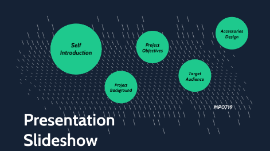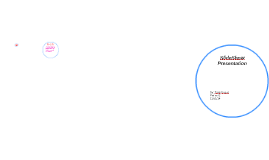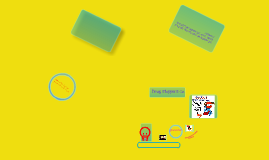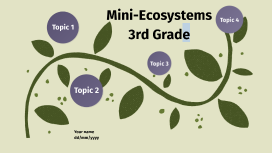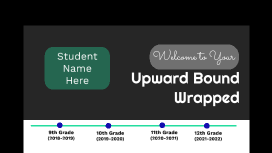Slideshow Presentation
Transcript: Mini-Ecosystems 3rd Grade Students will make small-scale environments and will describe interactions between living and nonliving things in their environments Summary Intended Learning Outcomes Intended Learning Outcomes 1. Observe objects and patterns and report conclusions. 2. Compare things. 3. Explain science concepts. 4. Record data. 5. Report observations. Materials: Materials big glass jars, 2-liter or 3-liter bottles, or aquariums. various plants, insects, etc. soil and/or pond or stream water as needed. reference materials as needed Instructions Step One Read A Most Unusual Lunch by Robert Bender with the class. Identify the living and non living things in the book. Discuss the interactions represented in the book (beetle, frog, fish, snake, crocodile, lion). What do you think the beetle ate? (bark, leaves) What ate the beetle? What were the interactions between the various plants and animals? Step 1 Step Two Research and plan desired ecosystems in small groups. Make a master list of what is needed and make assignments of what to bring or collect. Step 2 Step Three Instead of an ecosystem, we will create an artificial habitat for pillbugs, silkworms, mealworms, earthworms, fish, ladybugs, caterpillars, ants, mice, etc. Each group will make their own in a big glass jar. As a group, decide what the animal or insect needs in order to live. Collect materials and prepare an environment that is similar to their natural habitat. You most likely will have to feed your animal. Step 3 Step Four Once you have your materials, begin making your ecosystems or habitats. Step 4 Step Five Observe your mini-ecosystems or artificial habitats for 2 weeks. Record daily observations in your science journals Step 5 Step Six When you are done making observations answer these questions: What were the living things in your environment? What were the non-living things? Describe the changes that occurred in your environment during your period of observations? How does your small scale environment compare to a larger environment? What question could you ask about interactions between living and nonliving things in the environment that could be investigated by observation? Did you end up with a balanced environment? Write a paragraph describing the interaction of organisms within an ecosystem Step 6 Woodland Plants - mosses, small ferns, liverworts, and tiny Virginia Creepers. Animals - small toad or salamander. Ground - small pebbles, charcoal, sand, and soil. Directions - layer sand, pebbles, and charcoal. Top with a layer of soil. Plant your plants. Then add an animal and its food supply. Observe what happens. Woodland Pond Plants - Cabomba, Vallisneria, Anacharis, or Elodea. Animals - guppies, snails, tadpoles, newts, crayfish, or water insects. Ground - aquarium gravel, charcoal, and sand. Directions - Put a layer of sand on the bottom, then add a layer of charcoal. Top with a layer of soil. You may add shells, sticks, and stones. Fill with tap water that has been allowed to air out for 1 or 2 days or fill with pond water. Pond Desert Plants - Pincushion cactus, an opunita, fishhook cactus, or nightblooming cereus. Animals - desert tortoise or horned lizard. Ground - potting soil, aquarium gravel, charcoal, and sand. Directions - mix the soil, gravel, and charcoal together and layer on bottom. Cover with a layer of sand. Add a small dish of water for the animals. Desert Anything Else? Experiment by adding more plants or animals. What happens when more plants are added? What happens when more animals are added? Observe over a period of time and record observations in your science journals. Draw and label a food chain for different habitats. Extensions Science Journals will be collected when finished Assessment Journals should have recordings of observations and an explanation of how organisms interact with their environment







